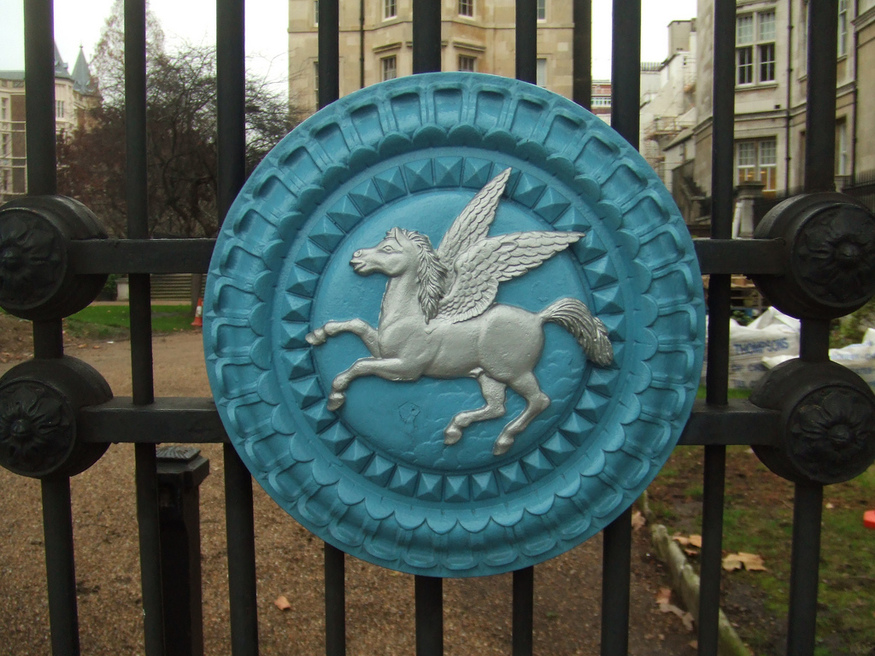
As most Londoners will know, the Temple is an historic enclave of the legal profession on the north bank of the Thames. It gets its name from the Knights Templar, who once owned the land hereabouts. Their Temple Church was built in the 12th century.
Spend a few minutes poking around, and you soon notice that the Temple is divided in two. Inner Temple claims the land to the east, while Middle Temple takes everything to the west. The church is on the boundary. But where is Outer Temple?
It did once exist. The key date is 1312, when the Knights Templar were dissolved by Papal order. Their land was grabbed by the crown and leased out to the legal professions. During the reign of Edward II the area was split into the Inner Temple (inside the jurisdiction of the City of London), and Outer Temple (the part which fell outside, to the west).
By 1388, Inner Temple had been further divided into Inner and Middle Temple. These became two of the four Inns of Court, along with Gray's Inn and Lincoln's Inn. All four still thrive today, 630 years later.
The history of the part known as Outer Temple is very poorly understood. Indeed, it had been almost entirely forgotten until recently. Unlike Inner and Middle Temple, it probably lacked a great hall and seems to have carried the lesser status of an Inn of Chancery. These were attached to the Inns of Court "like Maids of Honour to a Princess", as medieval writer John Fortescue put it.

The possible existence of an Outer Temple had long been debated. Clinching evidence came in 2008, when historian John Baker discovered references to the institution in the legal archives. It seems to have dissolved by the mid-16th century, leaving just Middle and Inner Temple.
Where was Outer Temple? The logical answer is the land immediately west of Middle Temple. This would include Devereux Court and Essex Street — roads that still retain a strong legal presence. Indeed, a building called Outer Temple Chambers can be found nearby today, though this is thought to have no direct connection with the historic Outer Temple.




